(Lyon, 1596 – Paris, 1657)
Judith and Holofernes
Oil on slate
H. 23.5 cm; L. 24 cm
Son of François Stellaert, painter of Flemish origin settled in Rome in 1576, then in Lyon, Jacques Stella was born in this city in 1596. Around 1619, he left for Florence where he worked for Cosimo II de Medici. He probably already met Nicolas Poussin and Jacques Callot there. Stella left Florence for Rome in 1622 or 1623, where he became friends with Poussin, who arrived in 1624. Stella became famous in the world of Italian amateurs for his small paintings painted on precious supports: marble, agate, lapis, slate, as well as its engravings and drawings. In 1634, having received offers from the King of Spain, he left Rome in the retinue of Marshal de Créqui, French ambassador. He passed through Venice, stopping in Lyon in 1635, then in Paris. Retained by Richelieu who took him into his service, he settled in the capital of the kingdom. Covered with favors, he benefited from accommodation at the Louvre and a considerable pension. He later received the collar of the Order of Saint-Michel, a rare honor for an artist. Long neglected by art historians, Stella is nevertheless one of the great painters of the 17th century in France. His art is powerful and sober, and his solidly balanced compositions are populated with sculptural and spare figures which attest to his knowledge of Antiquity. The smooth and porcelain workmanship of his latest works, the colors melted into a cold and abstract light, made Stella one of the most important representatives of Parisian atticism of the 1640s, and a model of neo-classicism. As is often the case when he paints on stone, Stella takes advantage of the material, using its plastic properties. In our painting, he leaves the background of the slate in reserve to give more presence to his figures.
This material, polished to a mirror effect, adds further depth to this powerful scene. We see a Roman work by Stella, still imbued with baroque agitation, and before the more classical one, which he adopted back in France, we must therefore place it before 1635 and even very certainly around 1620/21 during the Florentine stay of the artist. Stylistic details speak for themselves. The hands treated in all simplicity are only found at this period, the egret in Judith's headdress is also only found at this time in drawn works, from Tuscan fashion. A theme with dramatic accents, ideally suited to becoming one of the favorite subjects of artists of the Renaissance and the Baroque age, our scene is recognizable among all. You find an episode taken from the Book of Judith contained in the Old Testament as in the Hebrew Bible. The young widow from Judea decides to assassinate the Assyrian general Holofernes, who was charged by King Nebuchadnezzar (Babylon) with subduing the people of Israel. To achieve her goals, Judith goes to the enemy camp set up at the gates of the town of Bethulia. The formidable bearded warrior is seduced by the beauty who will make him drunk before cutting off his head, in his tent, with the help of her old servant. The opposing troops are routed thanks to this courageous act. The Cranach, Boticelli, Veronese or even Artemisia Gentileschi and of course Caravaggio have focused on luminous and contrasting compositions, Stella in this straight line comes to compose her work in this same all-Italian spirit.
Sylvain Kerspern, who had the work in his hands, dates it from the Florentine period, comparing it with another hexagonal autograph version (38.5 cm side) presenting variants of postures and clothing colors. Dated from the years 1620/21 it is characterized by small details such as the way of representing the hands, the complexity of which evolved upon its arrival in Rome in 1622, etc.
https://dhistoire-et-dart.com/Stella/Stella-cat-Florence1620-1ca.html


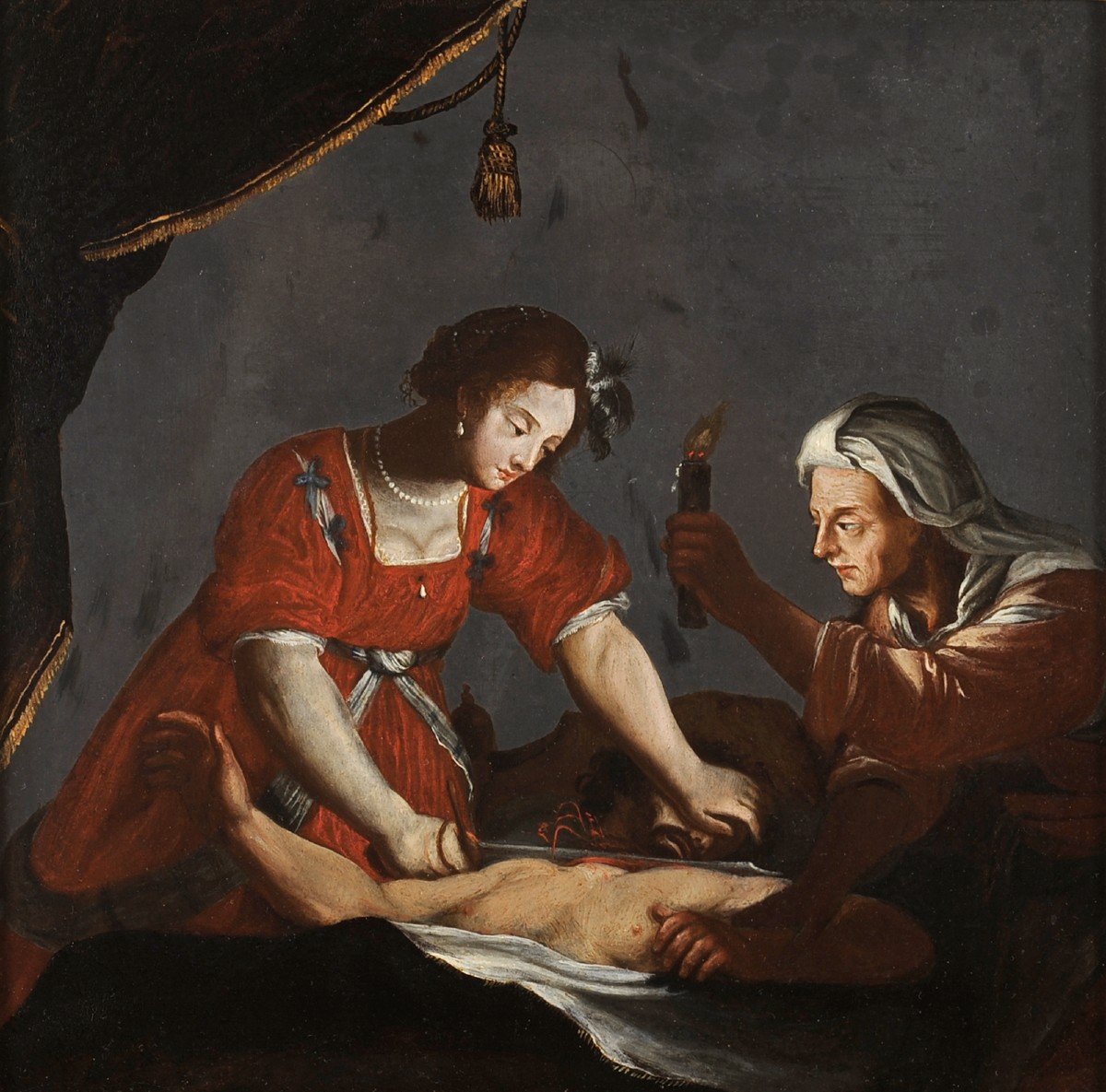
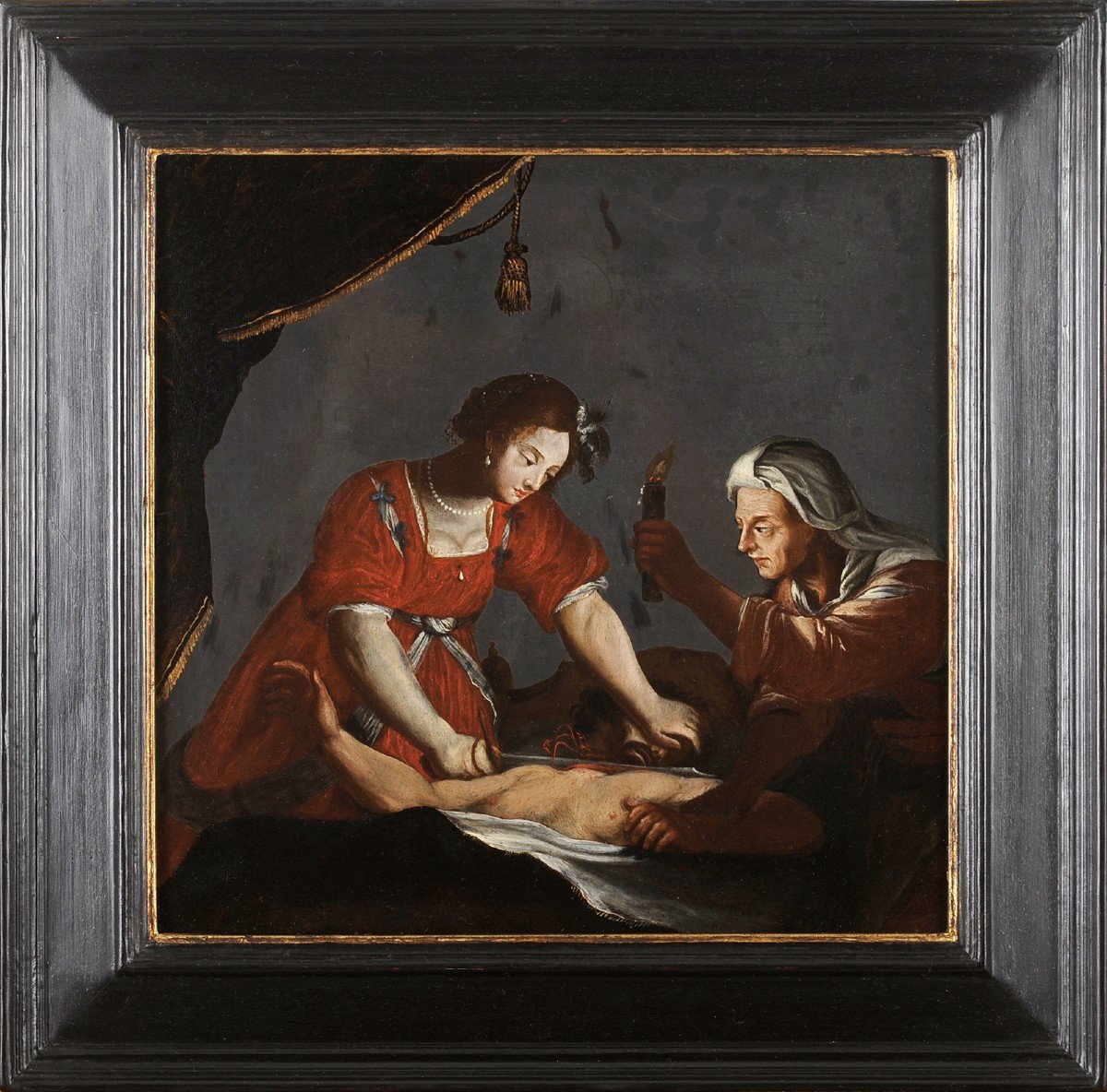
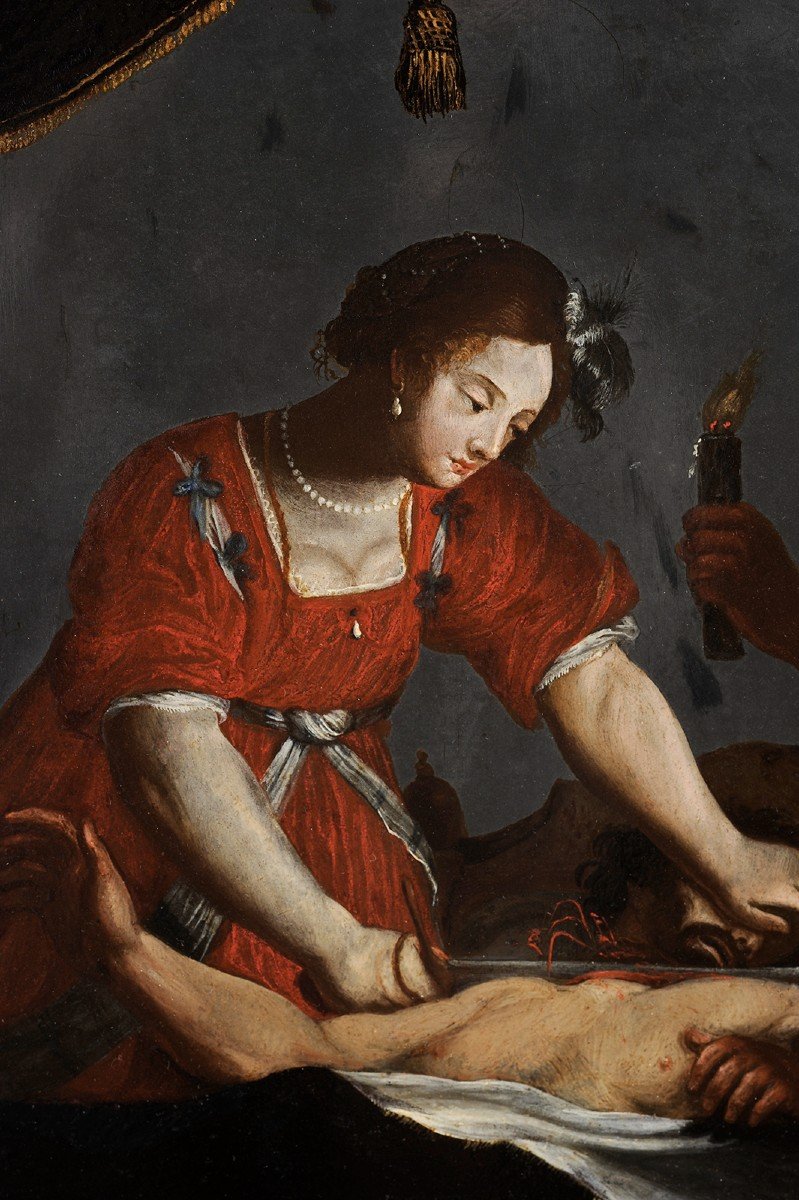
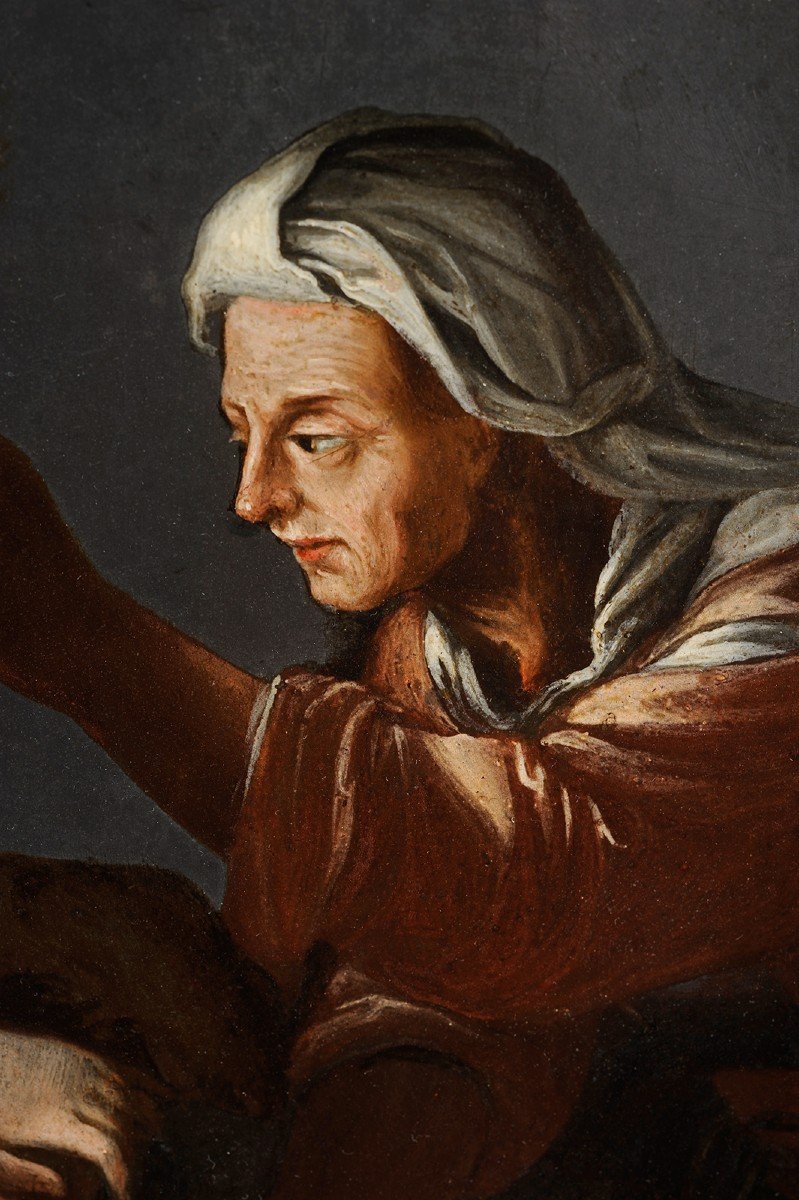
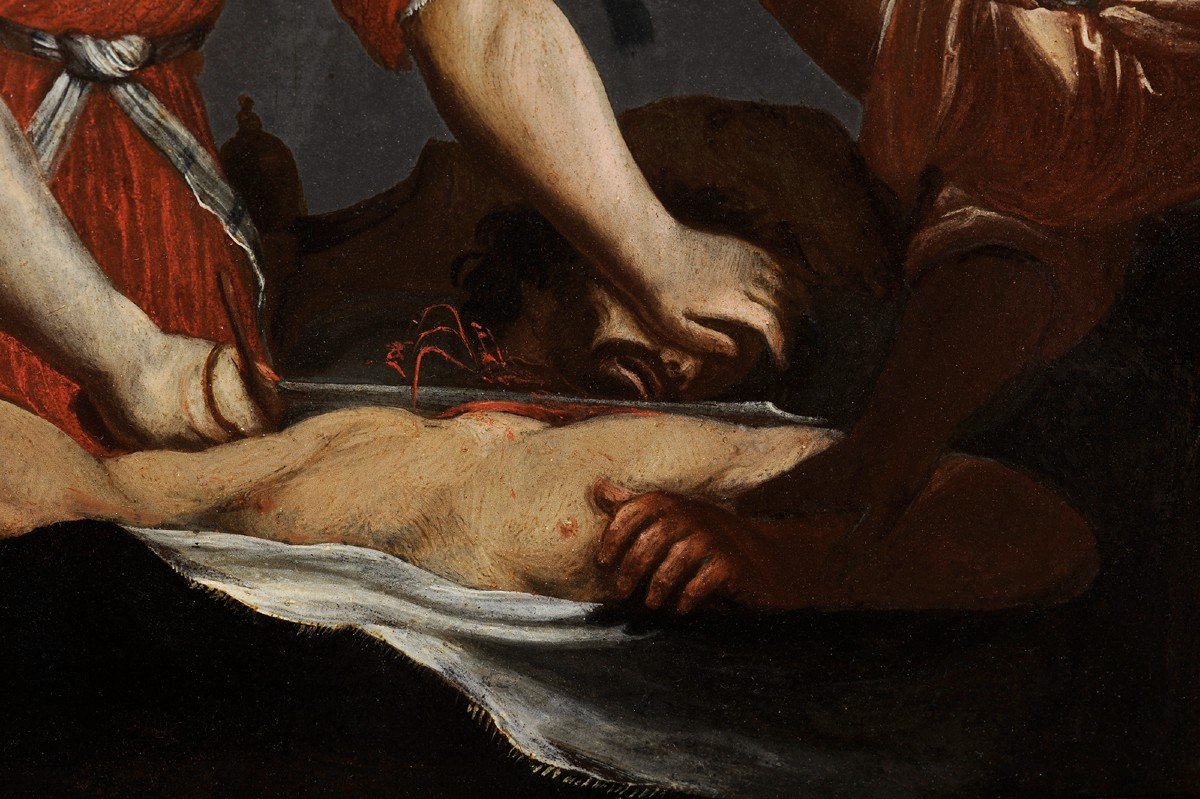
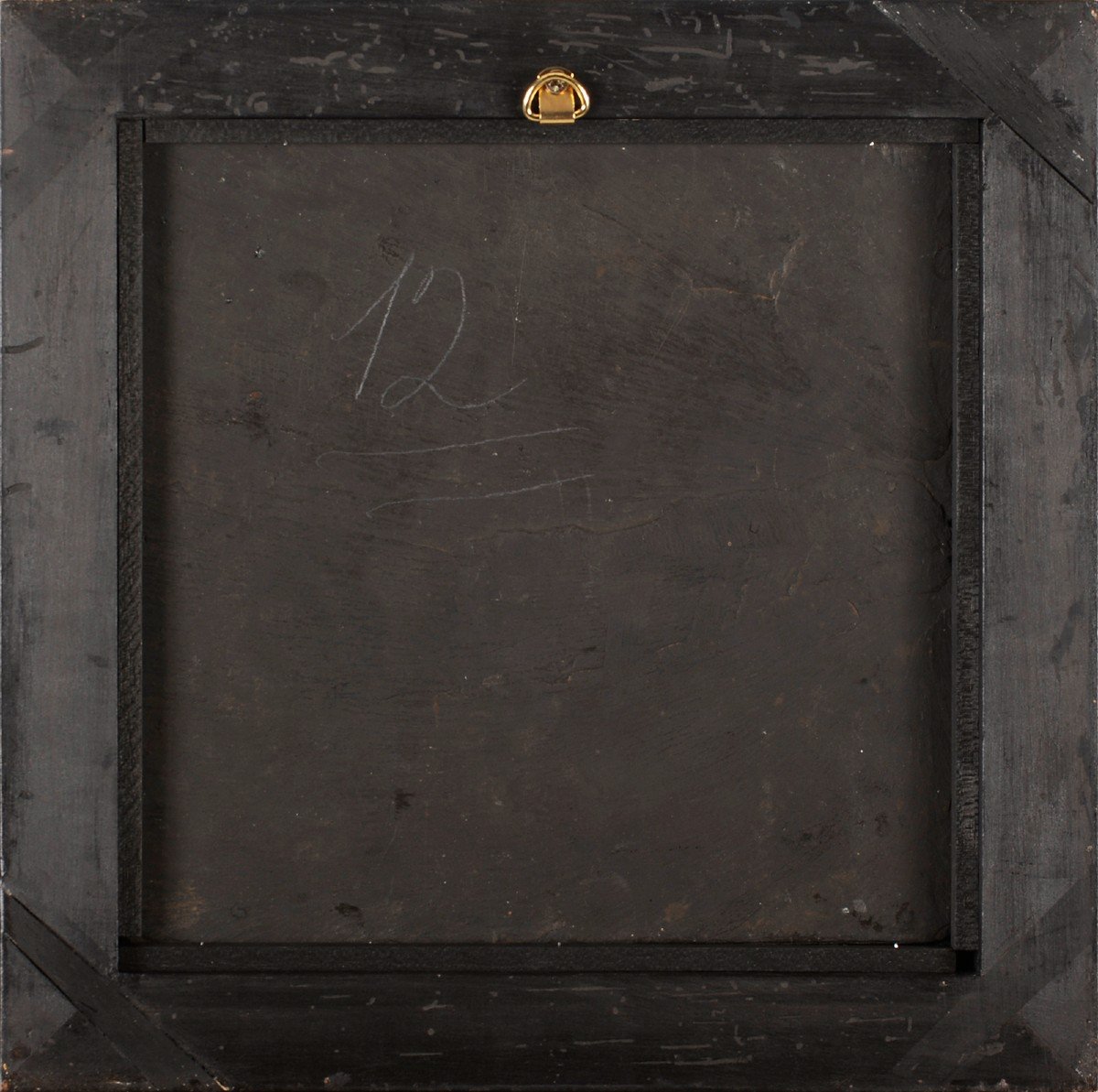
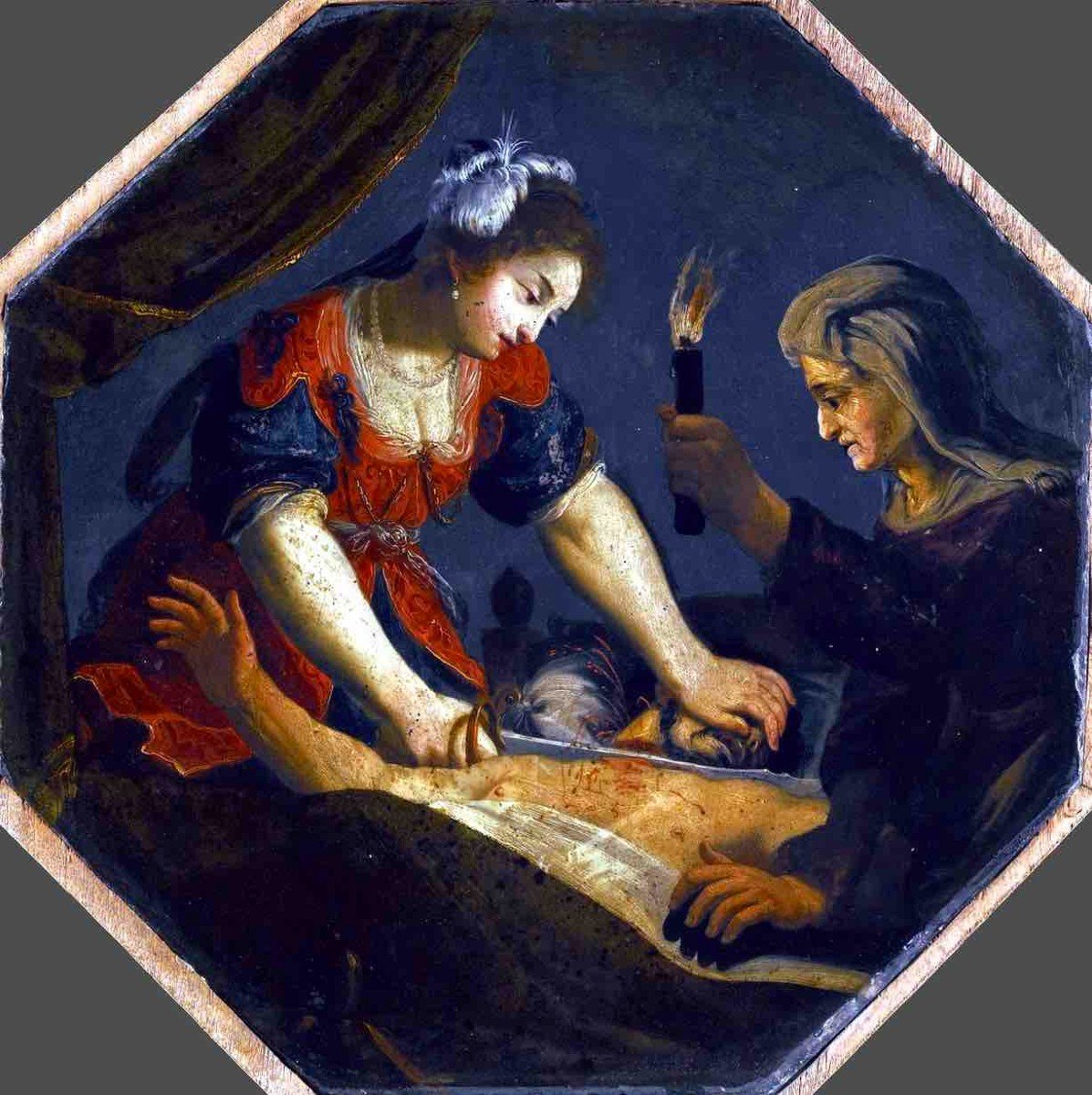









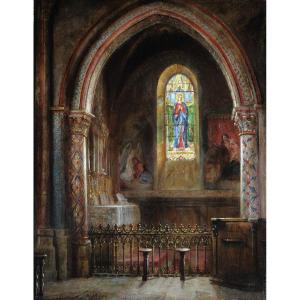

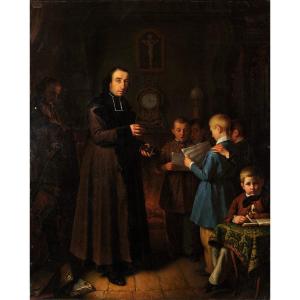

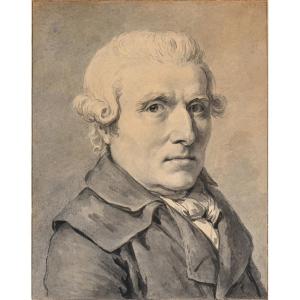



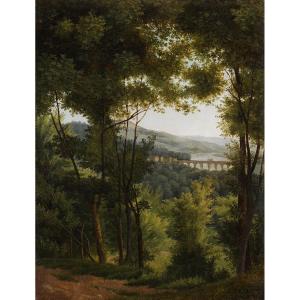
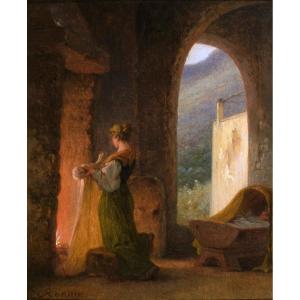

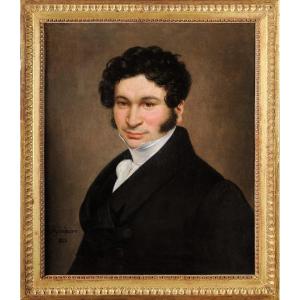


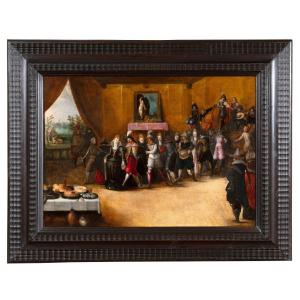
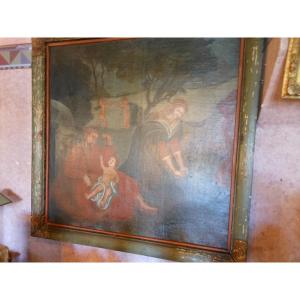
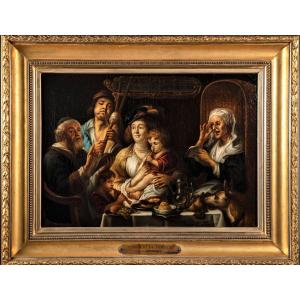

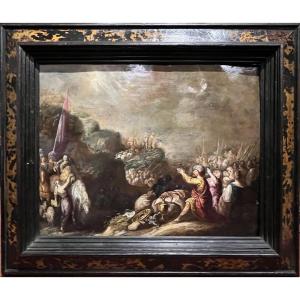



 Le Magazine de PROANTIC
Le Magazine de PROANTIC TRÉSORS Magazine
TRÉSORS Magazine Rivista Artiquariato
Rivista Artiquariato